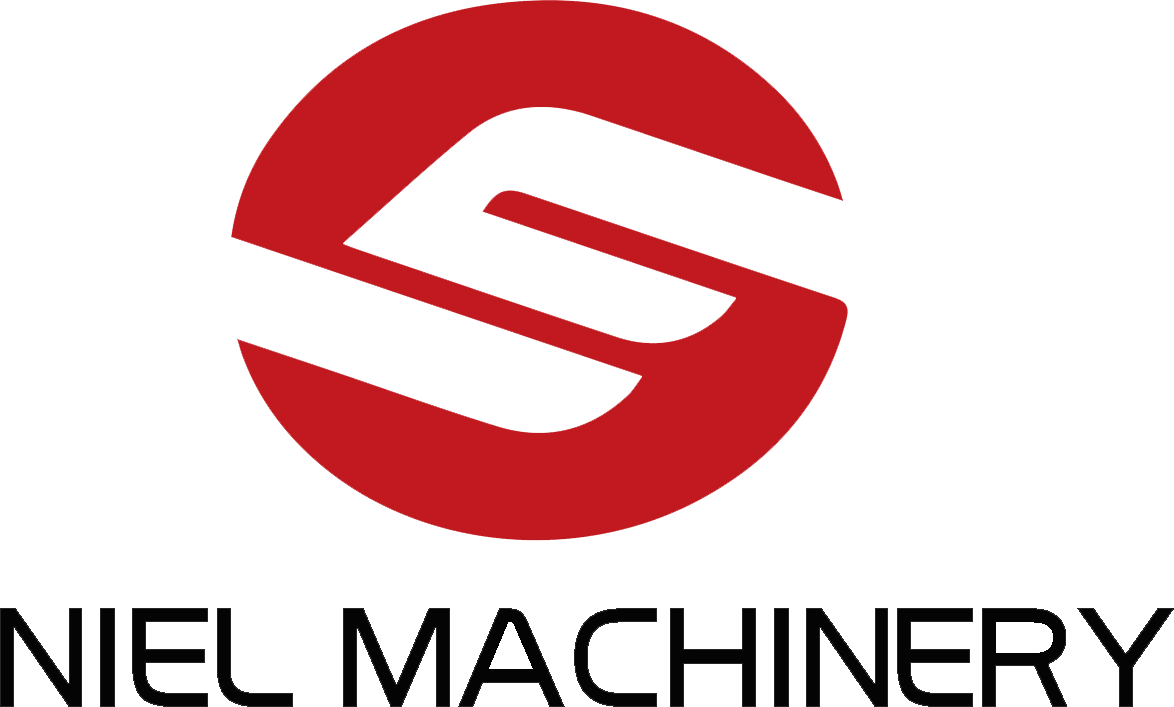Understanding the Benefits and Applications of Powder Ribbon Mixers in Manufacturing
Release time:
2025-03-30 11:00
Source:
A powder ribbon mixer consists of a U-shaped trough housing a horizontal ribbon agitator. This design allows for a gentle yet effective mixing action, as the ribbons convey the powders from the ends of the mixer towards the center, ensuring even distribution. The efficiency of this mixing process is one of the main reasons why powder ribbon mixers are favored in many applications.
One of the significant advantages of powder ribbon mixers is their ability to handle large volumes of materials while maintaining a consistent blend. This is particularly important in industries where the uniformity of the product is critical. For instance, in the pharmaceutical sector, even minor variations in the composition of a powder can affect the efficacy and safety of the final product. The precision offered by ribbon mixers helps mitigate such risks.
Furthermore, powder ribbon mixers are designed for versatility. They can be used for both dry and wet mixing processes, accommodating various types of materials, including free-flowing powders, granules, and even viscous pastes. This adaptability makes them suitable for a wide range of applications, from the production of dry blends in food manufacturing to the formulation of complex chemical mixtures.
Maintenance and ease of cleaning are other key considerations when selecting a mixing machine. Powder ribbon mixers are generally designed with accessibility in mind, allowing for straightforward maintenance and cleaning procedures. This is particularly beneficial in industries that require strict hygiene standards, as the ability to efficiently clean equipment can significantly reduce the risk of contamination.
Lastly, powder ribbon mixers can be easily integrated with other manufacturing systems, such as filling and packaging lines, enhancing the overall efficiency of the production process. By streamlining operations and minimizing manual handling, manufacturers can achieve higher productivity and, ultimately, significant cost savings.
In conclusion, powder ribbon mixers are an invaluable asset in manufacturing and processing applications. Their design promotes effective mixing, adaptability to various materials, and ease of maintenance, making them a preferred choice for achieving uniformity and efficiency in powder blending operations. By leveraging the advantages of powder ribbon mixers, manufacturers can enhance their production capabilities and ensure high-quality output.
Related News
Boosting Efficiency: Semi Automatic Powder Filling Machine in Action
Boosting Efficiency: Semi Automatic Powder Filling Machine in Action Table of Contents 1. Introduction to Semi Automatic Powder Filling Machines 2. What is a Semi Automatic Powder Filling Machine? 3. How Does a Semi Automatic Powder Filling Machine Work? 4. Benefits of Semi Automatic Powder Filling Machines 5. Applications of Semi Automatic Powder Filling Machines 6. Maint
Understanding Semi-Automatic Powder Filling Machines: A Comprehensive Overview
Semi-automatic powder filling machines are pivotal in the packaging sector, particularly for businesses handling powdered products such as spices, flour, chemicals, and pharmaceuticals. These machines bridge the gap between manual filling methods and fully automatic systems, offering businesses an optimal solution for efficiency and precision. One of the primary advantages of semi-automatic powder
The Evolution of Mixing Machinery: Horizontal Paddle Mixers at the Forefront
The Evolution of Mixing Machinery: Horizontal Paddle Mixers at the Forefront Table of Contents 1. Introduction to Mixing Machinery 2. A Brief History of Mixing Machinery 3. Technological Advancements in Mixing Machinery 4. Understanding Horizontal Paddle Mixers 5. Applications of Horizontal Paddle Mixers 6. Advantages of Horizontal Paddle Mixers 7. The Future of Mixing Machinery 8
The Essential Guide to Horizontal Paddle Mixers: Applications and Benefits
Horizontal paddle mixers are vital components in various manufacturing and processing operations, particularly within the realm of mixing machinery. Understanding the workings and benefits of these mixers can significantly enhance operational efficiency and product quality. A horizontal paddle mixer typically features a cylindrical mixing chamber equipped with paddles that rotate on a horizontal a
Exploring the Dynamic Capabilities of Industrial Ribbon Mixers Table of Contents Introduction to Industrial Ribbon Mixers Understanding the Mechanics of Ribbon Mixers Advantages of Using Ribbon Mixers in Manufacturing Applications of Ribbon Mixers Across Industries Maintaining Your Ribbon Mixer for Longevity Future Trends in Ribbon Mixer Technology Case Studies: Ribbon Mixers in Act
Understanding Industrial Ribbon Mixers: Essential Tools for Effective Material Blending
Industrial ribbon mixers are vital pieces of equipment used in various manufacturing processes, particularly in the blending of powdered and granular materials. These mixers are characterized by their unique design, featuring a set of helical ribbons that move materials through the mixing chamber, ensuring a thorough and uniform blend. With increasing demands for consistency and quality in product




















